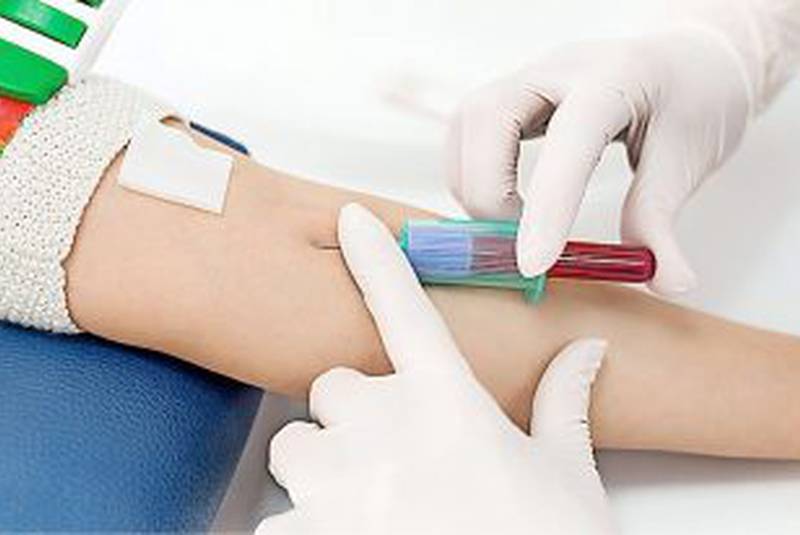**Title: How Much Is Phlebotomy Training: Cost Breakdown and Benefits**
**Introduction:**
Phlebotomy is a crucial healthcare profession that involves drawing blood for various medical purposes. Aspiring phlebotomists must undergo specialized training to acquire the necessary skills and knowledge for this role. One common question that individuals considering a career in phlebotomy often ask is, “How much is phlebotomy training?” In this article, we will explore the cost of phlebotomy training programs, along with the benefits of pursuing this career path.
**Cost Breakdown of Phlebotomy Training:**
Phlebotomy training programs can vary in cost depending on the institution offering the course, the duration of the program, and the location. Here is a breakdown of the average costs associated with phlebotomy training:
1. **Tuition Fees:** On average, phlebotomy training programs can cost anywhere from $700 to $2,000. Some community colleges and vocational schools offer more affordable options, while private institutions may charge higher tuition fees.
2. **Study Materials:** Students may need to purchase textbooks, lab supplies, and uniforms for their phlebotomy training. These additional costs can range from $100 to $300, depending on the program requirements.
3. **Certification Exam Fees:** After completing their training, phlebotomy students must take a certification exam to become a certified phlebotomist. The exam fee typically ranges from $90 to $200.
4. **Other Expenses:** Additional expenses such as transportation, accommodation (if attending a residential program), and exam retake fees should also be considered.
the total cost of phlebotomy training can range from $900 to $2,500, depending on various factors.
**Benefits of Pursuing Phlebotomy Training:**
Despite the financial investment required for phlebotomy training, there are numerous benefits to pursuing a career in this field:
1. **High Demand:** Phlebotomists are in high demand in healthcare settings such as hospitals, clinics, and blood donation centers. This demand is expected to grow as the population ages and the need for medical services increases.
2. **Job Stability:** Phlebotomy is a stable profession with opportunities for full-time, part-time, and flexible work schedules. Many phlebotomists also have the option to work weekends or evenings to accommodate their lifestyle.
3. **Career Advancement:** With experience and additional certifications, phlebotomists can advance their careers into supervisory or management roles within healthcare organizations.
4. **Personal Fulfillment:** Drawing blood and helping patients in a clinical setting can be a rewarding experience for individuals who enjoy direct patient care.
**Practical Tips for Choosing Phlebotomy Training Programs:**
When selecting a phlebotomy training program, consider the following tips to ensure you are making an informed decision:
1. Research different training programs to compare costs, curriculum, and accreditation.
2. Check if the program includes hands-on clinical experience and exam preparation.
3. Look for programs that offer job placement assistance or partnerships with local healthcare facilities.
4. Consider the program’s instructor-to-student ratio to ensure personalized learning.
**Conclusion:**
phlebotomy training costs can vary depending on several factors, but the investment can lead to a rewarding career in healthcare. By understanding the cost breakdown of phlebotomy training programs and the benefits of pursuing this profession, individuals can make informed decisions about their career path. Remember to research programs, consider job prospects, and weigh the costs against potential benefits when choosing a phlebotomy training program.
